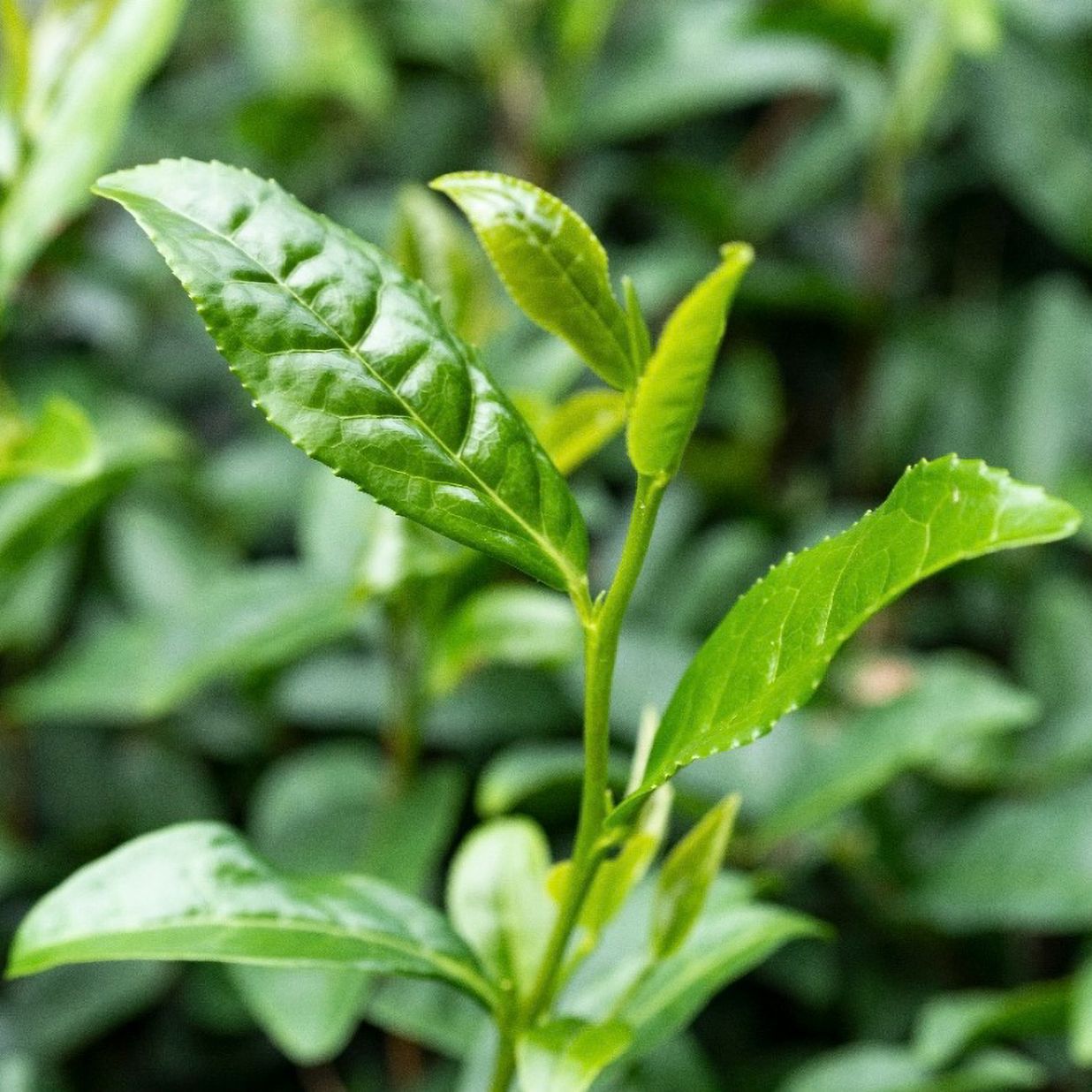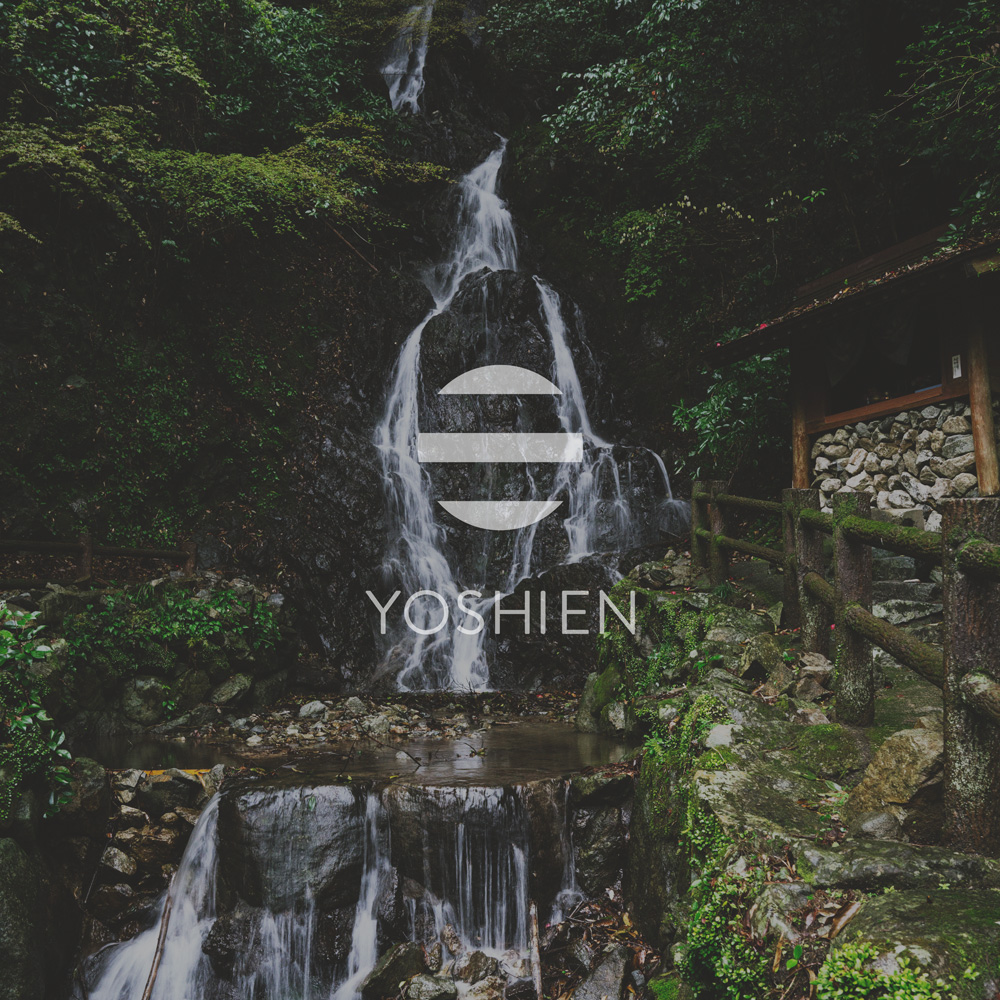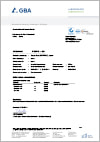Special features in location, cultivation, and processing
The Guranse Estate is one of the highest tea gardens in the world. The climatic conditions in the highlands of Hile in Dhankuta Province, eastern Nepal, are ideal, with the high altitude making for a stimulating climate. It features large temperature differences between day and night, and the high amount of rainfall is balanced out by excellent drainage on the slopes.
The most prized product of this region is Nepal First Flush tea – the first harvest of the year, usually between March and May. This harvest is considered the finest of the year, as the young, tender shoots are rich in flavour and secondary plant compounds after the winter dormancy. Processing involves a series of carefully executed steps: only the top bud and the first one or two leaves are hand-picked, and after picking, the fresh leaves are gently spread out and allowed to wither in the open air or under controlled ventilation for several hours. Compared to black teas from other regions, this withering phase is particularly long, owing to the unique high-mountain terroir. This extended withering contributes directly to the distinctive aromatic profile of Nepali black teas.
Once withering is complete, the leaves are rolled by machine, breaking the cell walls and activating oxidation. For Nepal First Flush teas, oxidation is usually kept to a minimum in order to preserve the freshness and lightness of their aromas. Finally, the leaves are carefully dried to lock in their texture and fine fragrance, before being graded and packed.
Single origin
This tea is sourced from the above-mentioned tea farm in Hile, Nepal, directly from the tea farmer.
Organic Certification

PL-EKO-01
Nicht-EU-Landwirtschaft



















